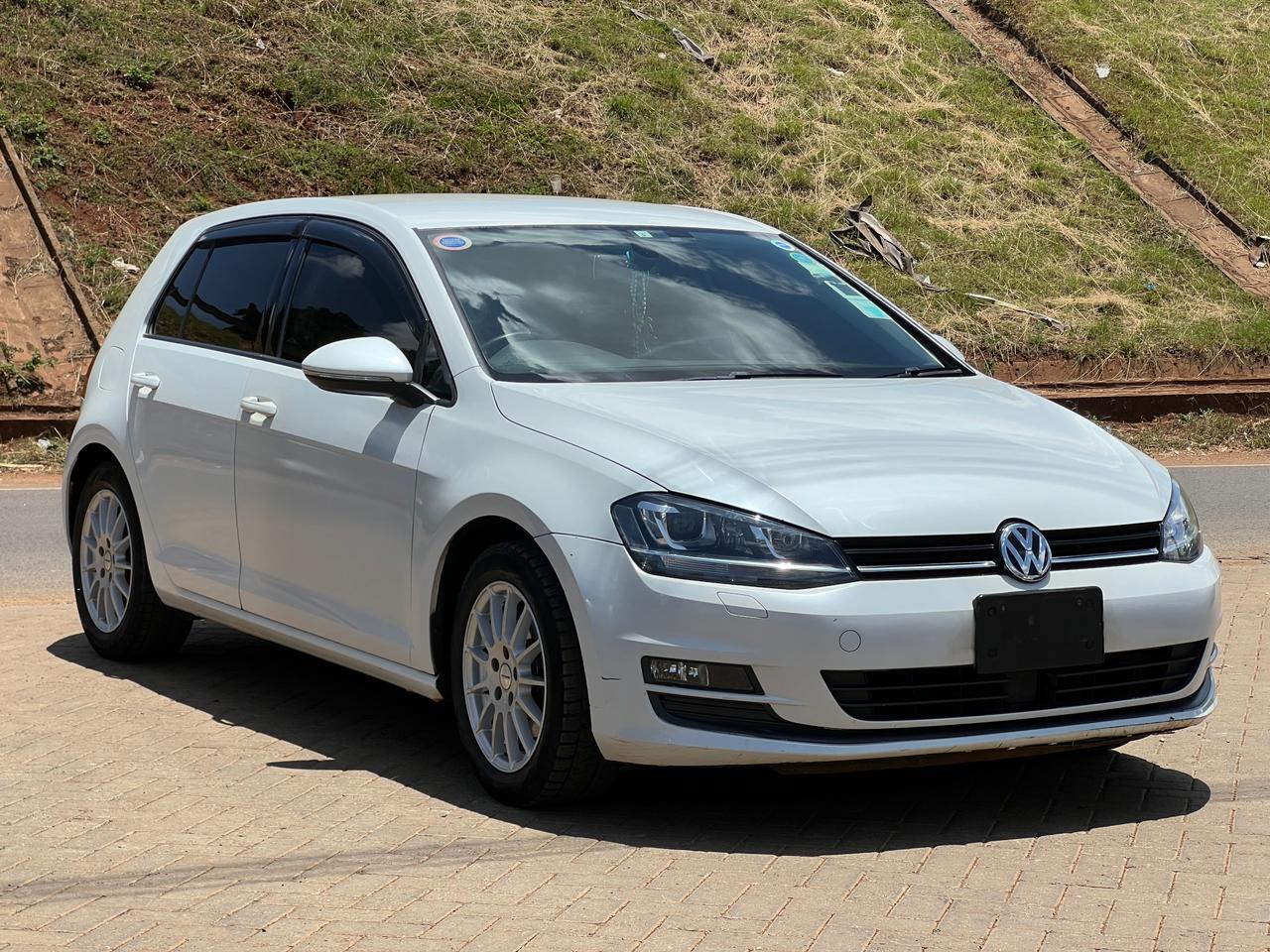How Turbochargers Work and Why They're Popular in Modern Cars
How Turbochargers Work and Why They're Popular in Modern Cars
Cars today are getting smaller, faster, and more fuel-efficient — all thanks in part to a brilliant piece of engineering: the turbocharger. Whether you're driving a sporty hatchback, a pickup truck, or even a family sedan, there's a good chance your vehicle has a turbocharged engine under the hood.
But what exactly is a turbocharger? How does it work? And why are so many manufacturers adding them to modern engines?
In this beginner-friendly guide, we’ll explore how turbochargers function, why they’ve become so popular, and what benefits (and drawbacks) they bring to your driving experience.
1. What Is a Turbocharger?
A turbocharger is a mechanical device that boosts the power of an engine without increasing its size. It uses the engine’s exhaust gases to spin a turbine, which forces more air into the engine's cylinders. More air means more oxygen, which means more fuel can be burned, and more power can be produced.
It’s like giving your engine a lungful of extra air — without making the engine itself any bigger.
2. The Basic Science Behind It
To understand how a turbocharger works, you need to know one thing: engines run on a mix of fuel and air. The more air you can cram into an engine (along with more fuel), the bigger the combustion — and the more powerful the result.
A turbo does exactly that by:
-
Capturing exhaust gases coming out of the engine.
-
Using those gases to spin a turbine wheel.
-
Connecting the turbine to a compressor wheel via a shaft.
-
The compressor wheel then sucks in fresh air and forces it into the engine’s intake.
-
This compressed air increases the amount of oxygen in each cylinder.
-
The engine burns more fuel and produces extra power — without increasing engine displacement.
3. What Are the Benefits of a Turbocharged Engine?
✅ More Power from a Smaller Engine
-
A 1.5-liter turbocharged engine can produce as much power as a 2.5-liter naturally aspirated one.
-
This allows carmakers to use smaller engines that weigh less and consume less fuel — yet still offer excellent performance.
✅ Better Fuel Efficiency
-
Smaller engines use less fuel when driven gently.
-
When you need more power (like during overtaking), the turbo kicks in and delivers performance on demand.
-
Result: fuel savings without sacrificing power.
✅ Lower Emissions
-
Turbo engines produce less CO₂ for the same amount of power.
-
Smaller engines = less raw fuel consumption overall.
✅ More Torque at Low RPM
-
Turbochargers often provide a surge of torque at lower engine speeds.
-
This improves acceleration and makes everyday driving feel smoother and more responsive.
4. Why Are Turbos So Common Now?
In the past, turbochargers were mostly found in high-performance sports cars and race cars. But today, they’re everywhere — from hatchbacks to SUVs. Why?
a) Government Regulations
-
Countries around the world have imposed stricter fuel economy and emission standards.
-
Carmakers are using turbochargers to meet these goals without reducing performance.
b) Engine Downsizing
-
A 4-cylinder turbo engine can match the power of a 6-cylinder naturally aspirated engine.
-
Smaller engines cost less to build and weigh less, which helps efficiency.
c) Consumer Expectations
-
Drivers want strong performance and high fuel economy in one package.
-
Turbochargers deliver both.
5. Types of Turbochargers
Single Turbo
-
One turbo for the engine.
-
Simple and effective.
-
Common in small cars and entry-level models.
Twin Turbo
-
Two turbos either working together or in sequence.
-
Better for larger engines or performance cars.
Variable Geometry Turbo (VGT)
-
Adjusts airflow depending on speed and load.
-
Offers better efficiency and responsiveness.
Electric Turbo (E-Turbo)
-
Uses an electric motor to spin the compressor instantly.
-
Eliminates turbo lag and improves throttle response.
6. What Is Turbo Lag?
Turbo lag is the delay you feel between pressing the gas pedal and the turbocharger delivering extra power. It happens because the turbo needs exhaust pressure to spin up — which takes a second or two.
Modern engines reduce turbo lag using:
-
Smaller, faster-spooling turbos
-
Twin-scroll or twin-turbo setups
-
Electric assistance in hybrid models
Still, if you stomp the pedal, the engine might feel a bit slow before the turbo “kicks in.”
7. Are There Any Downsides to Turbochargers?
Yes — while turbos bring many benefits, there are a few trade-offs to know:
❌ Complexity
-
Turbos add extra parts — turbines, intercoolers, oil lines — which means more can go wrong.
❌ Higher Repair Costs
-
Replacing or repairing a failed turbocharger is expensive.
-
Maintenance and oil changes become more important to keep the turbo in good shape.
❌ Premium Fuel (Sometimes)
-
Some turbo engines require higher-octane fuel to prevent knocking, which costs more at the pump.
❌ Heat Management
-
Turbos run hot because they deal with exhaust gases.
-
Poor cooling can lead to reliability issues over time.
8. How to Take Care of a Turbocharged Car
Want to make your turbo engine last longer? Here are a few tips:
-
Use high-quality oil and change it on time.
-
Let the engine warm up before driving hard.
-
After a spirited drive, let the engine idle for 30–60 seconds before turning it off to cool the turbo.
-
Avoid aggressive acceleration when the engine is cold.
-
Keep your air filters clean for good airflow.
With care, modern turbos can easily last over 150,000 to 200,000 kilometers.
9. Popular Turbocharged Cars
Here are a few popular models with turbocharged engines:
-
Ford EcoBoost models (Fiesta, Focus, Ranger)
-
Volkswagen TSI series (Polo, Golf)
-
Hyundai/Kia T-GDi engines
-
Toyota Corolla Turbo
-
Chevrolet Trailblazer 1.3L Turbo
-
BMW and Audi engines in almost all modern models
Turbos are no longer just for performance — they’re now part of mainstream vehicles too.
10. Final Thoughts: Power Meets Efficiency
Turbochargers have transformed the way modern cars are built and driven. They give drivers the best of both worlds — strong performance when needed, and better fuel efficiency when cruising.
While they may come with some extra care requirements, turbocharged engines are here to stay. Whether you’re a car enthusiast or just looking for better value from your daily driver, a turbo engine is worth considering.
As technology improves, expect even more reliable, responsive, and eco-friendly turbocharged cars on the road.





Comments